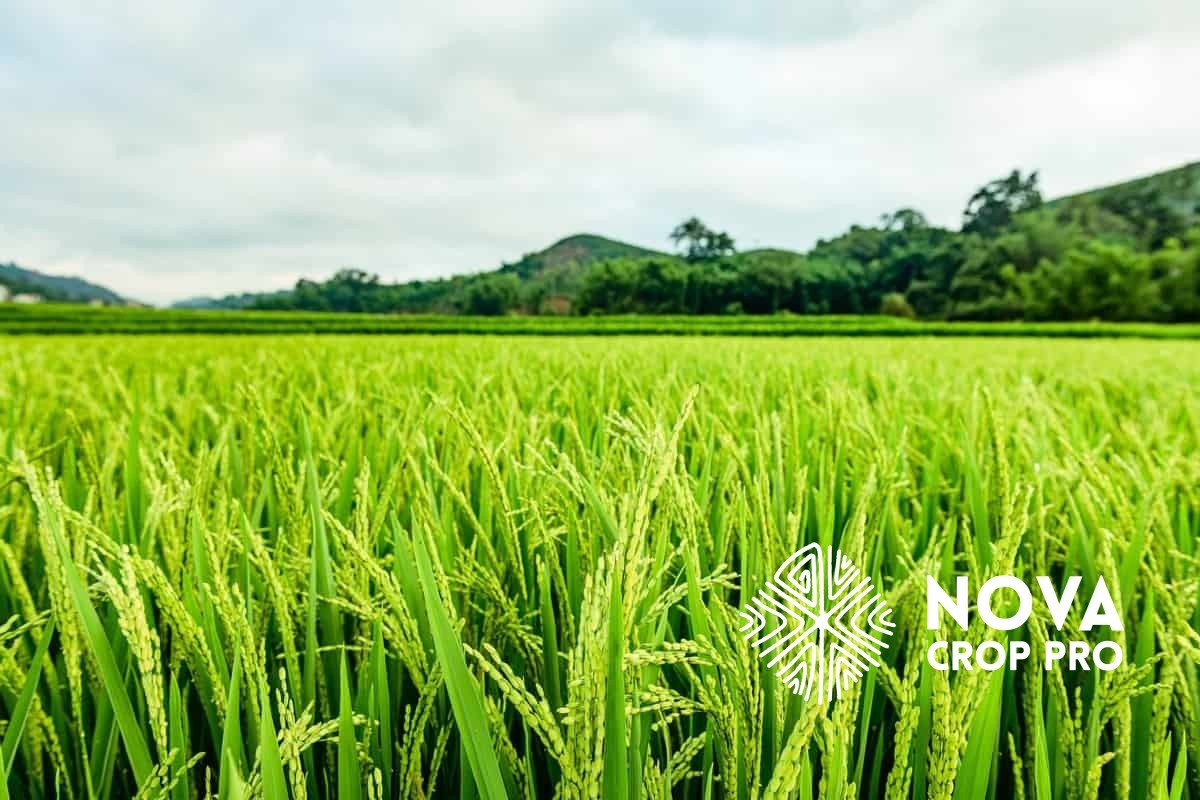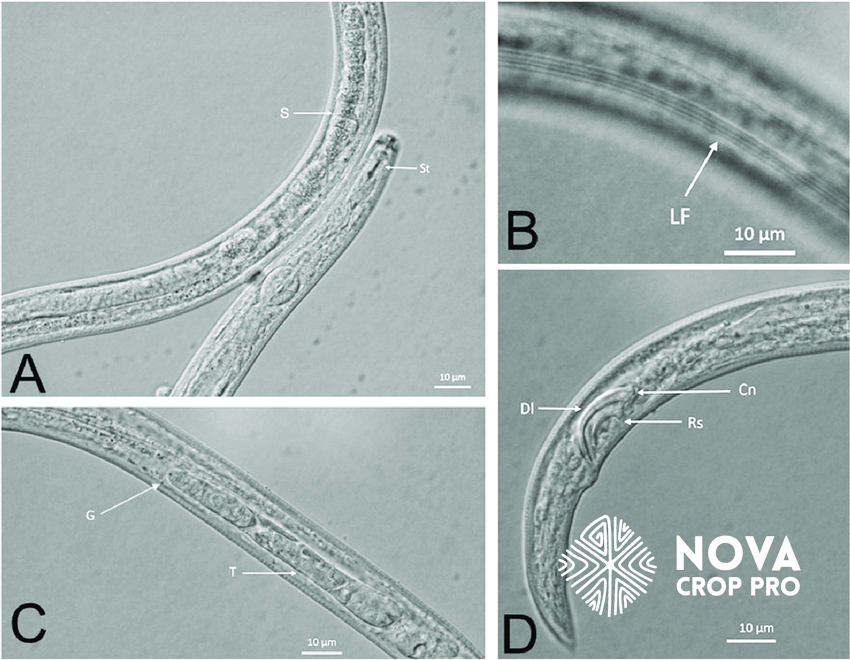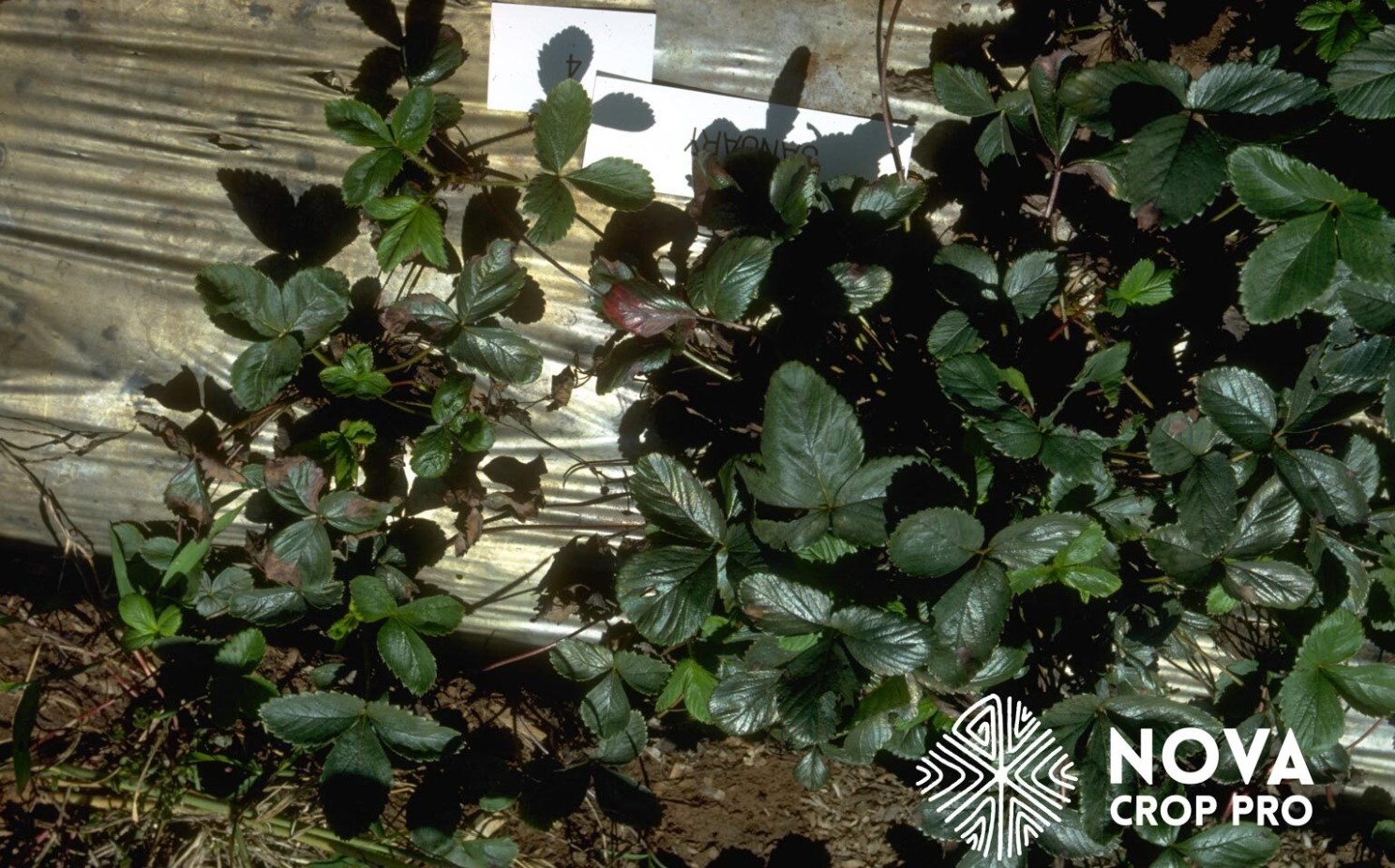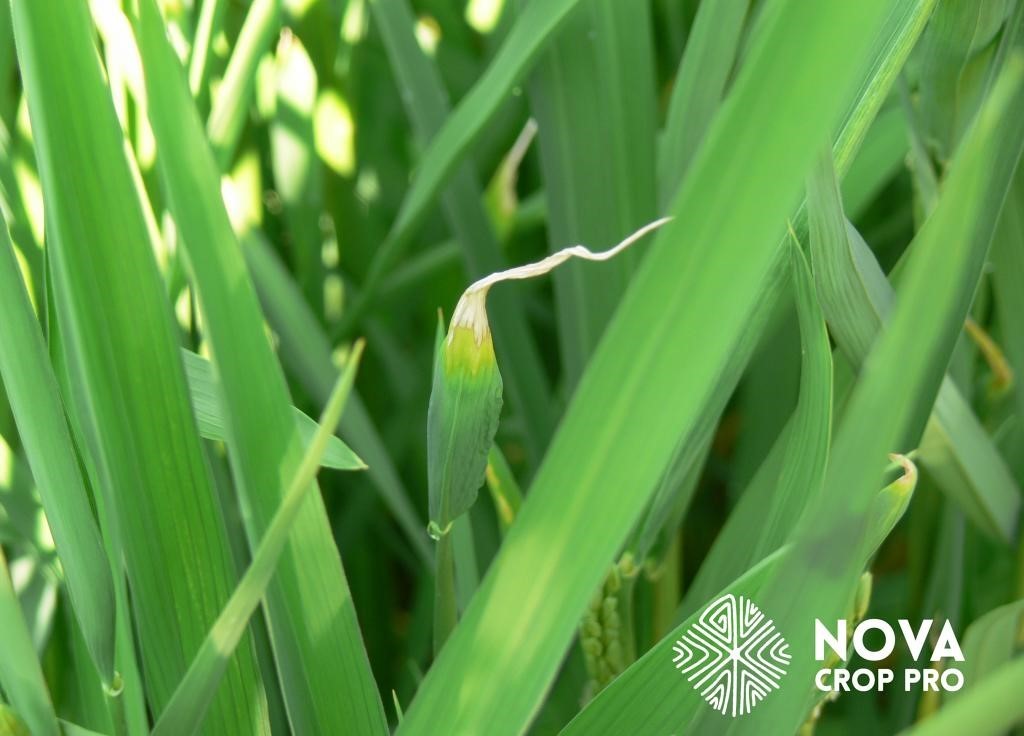Aphelenchoides besseyi, commonly referred to as the rice white tip nematode, is a globally widespread plant-parasitic nematode that predominantly affects rice but also impacts other crops such as strawberries, leading to substantial economic losses. It has been identified in various regions across Asia, Africa, the Americas, Europe, and Oceania, with the primary mode of transmission being infected seeds.

Life Cycle: A. besseyi has a short life cycle of approximately 8-12 days, with a developmental sensitivity to temperature, requiring a minimum of 13°C and an optimal range of 23-30°C.
Parasitic Mode: It primarily feeds ectoparasitically on plant meristematic tissues, disrupting normal plant growth. The nematode can survive in dried seeds for up to three years in an anhydrobiotic state, facilitating its spread.
Reproduction: A. besseyi reproduces mainly through amphimixis, with parthenogenesis possible under certain conditions.

Rice:Infected rice plants show white tips on leaves that can turn necrotic. This can stunt growth and reduce tillering, leading to yield losses of up to 50% due to shorter panicles and poor grain filling. Additionally, the quality of the grains is compromised, with deformities and discoloration.
Strawberries:Leaf symptoms manifest as distorted leaves with possible brown spots, which can lead to impaired plant growth. This not only affects the plant's ability to flower and produce fruit but also poses a risk to the crop's health and market value, potentially diminishing its competitiveness and resulting in economic losses.

1. Seed Treatment:Hot Water Treatment: The most cost-effective method involves soaking seeds in water at 51-53°C for 15 minutes.
2. Crop Rotation: Implementing rotations with non-host crops to reduce field nematode populations.
3. Biological Control:Exploring the use of antagonistic fungi or bacteria, such as Pseudomonas fluorescens.
4. Chemical Control:Two effective seed treatments are recommended: Ethylicin 12% + Cartap 5% WP and Prochloraz 6% + Cartap 10% WP. These protect against various pests and diseases. Apply carefully to avoid environmental harm.

Aphelenchoides besseyi poses a significant, yet often overlooked, threat to rice production. A thorough understanding of its biological traits and ecological requirements is essential for effective management. By adopting integrated management strategies, we can safeguard rice crops, ensuring food security and promoting sustainable agricultural development. It is imperative for agricultural researchers, growers, and policymakers to work in concert to protect global rice security and enhance human food security.